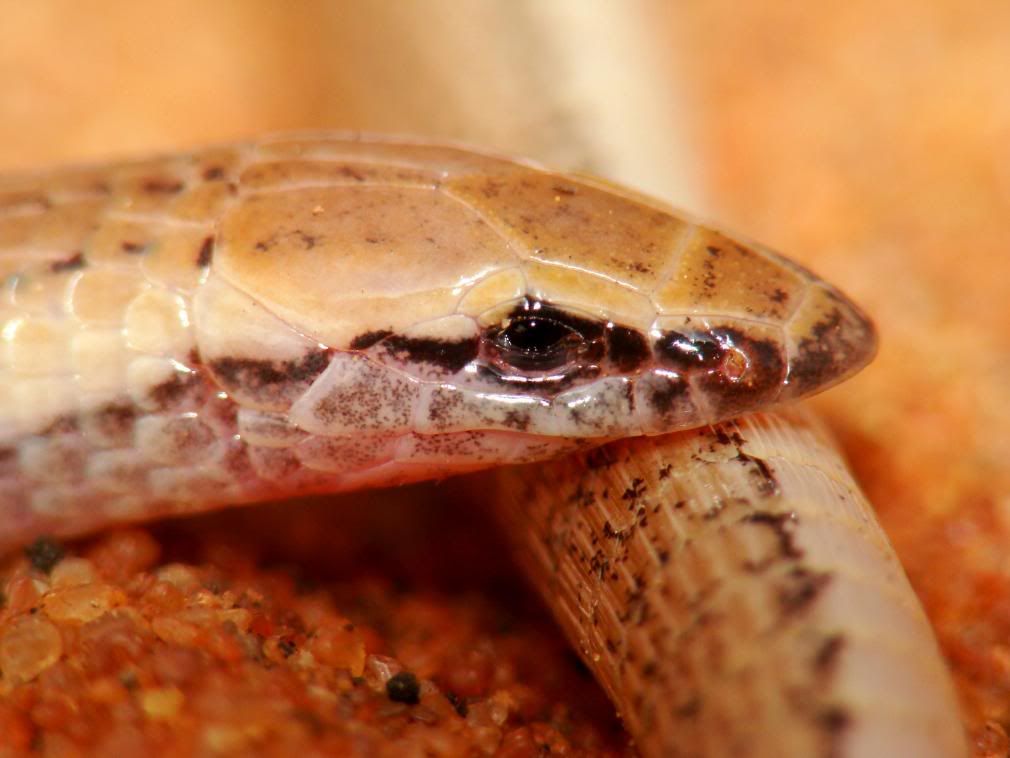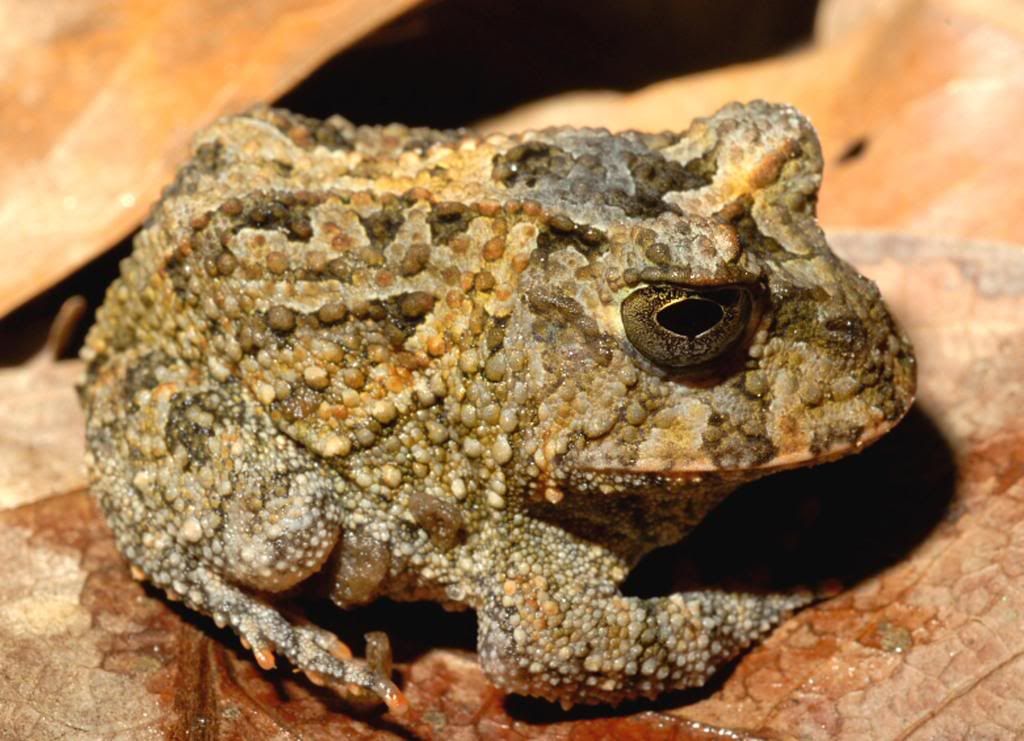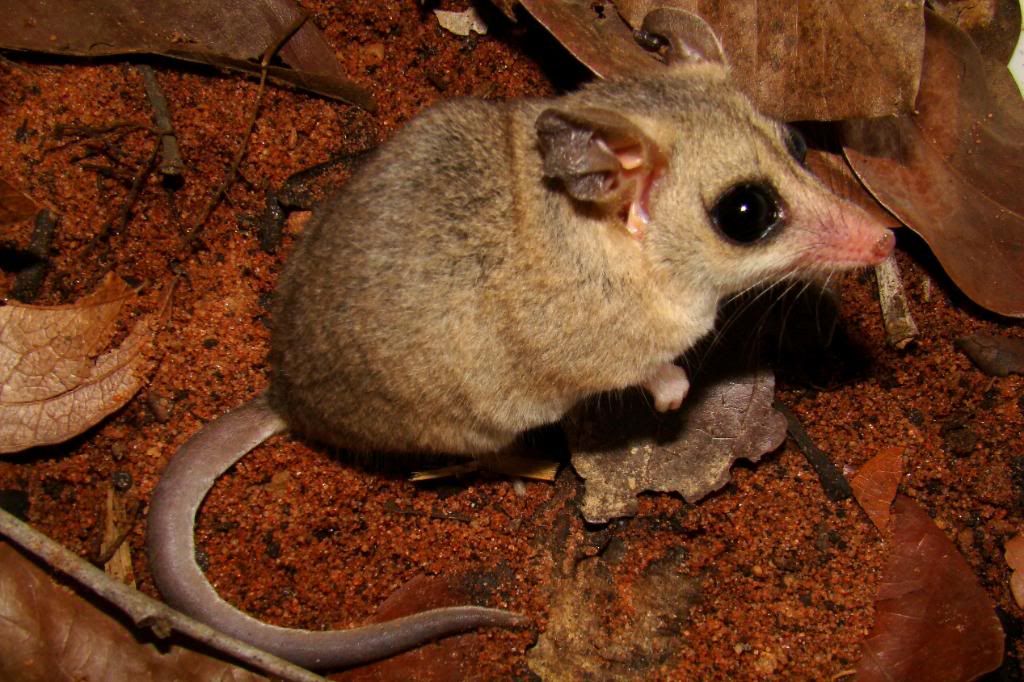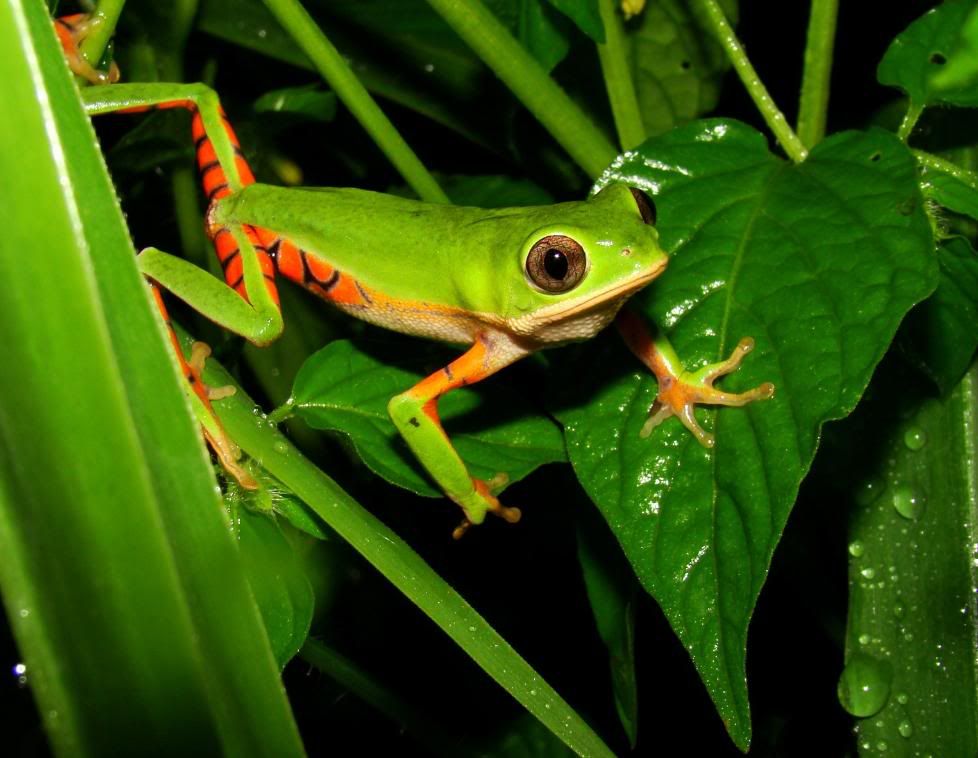
Above: Photo by Miguel Trefaut Rodrigues/USP Universidade de Sao Paulo. This species of lizard of the genus Bachia is one of the new species discovered during the expedition. Although there are other species of the genus in the Cerrado (almost all discovered and described only recently), this new species has only been recorded in the Ecological Station. The absence of legs and the sharply pointed snout help in locomotion over the surface layer of sandy soil, predominating in all the Jalapao, formed by the natural erosion of the escarpments of the Serra Geral plateaus.
Researchers discovered a legless lizard and a tiny woodpecker along with 12 other suspected new species in Brazil’s Cerrado, one of the world’s 34 biodiversity conservation hotspots.
The Cerrado’s wooded grassland once covered an area half the size of Europe, but is now being converted to cropland and ranchland at twice the rate of the neighboring Amazon rainforest, resulting in the loss of native vegetation and unique species.
An expedition comprising scientists from Conservation International (CI) and Brazilian universities found 14 species believed new to science – eight fish, three reptiles, one amphibian, one mammal, and one bird – in and around the Serra Geral do Tocantins Ecological Station, a 716,000-hectare (1,769,274-acre) protected area that is the Cerrado’s second largest.

Above: Photo by Paula H. Valdujo/USP Universidade de Sao Paulo/Pequi. Other species such as this horned toad believed to be new to science of the genus Proceratophrys occupy very restricted areas. Protected areas like the EESGT are fundamental, because they shelter large populations of the species, reducing the threat of extinction from destruction of the habitats outside the reserves.
The lizard, of the Bachia genus, resembles a snake due to its lack of legs and pointed snout, which help it move across the predominantly sandy soil formed by the natural erosion of the escarpments of the Serra Geral. Other suspected new species include a dwarf woodpecker (genus Picumnus) and horned toad (genus Proceratophrys).
“It’s very exciting to find new species and data on the richness, abundance, and distribution of wildlife in one of the most extensive, complex, and unknown regions of the Cerrado,” said CI biologist Cristiano Nogueira, the expedition leader. “Protected areas such as the Ecological Station are home to some of the last remaining healthy ecosystems in a region increasingly threatened by urban growth and mechanized agriculture.”

Above: Photo by Agustin Camacho/USP de Sao Paulo. Some of the recorded species are relatively rare and little known, like this small fat-tailed mouse opossum of the genus Thylamys, registered for the first time in the Jalapao. Although this species was described from a Cerrado enclave within the Caatinga region, recent surveys have shown that the range of this species is concentrated in the northern portion of the Cerrado savannas
The team also recorded several threatened species such as the hyacinth macaw, marsh deer, three-banded armadillo (tatu-bola), the Brazilian merganser, and the dwarf tinamou among more than 440 species of vertebrates documented during the 29-day field expedition.
Comprising 21 percent of Brazil, the Cerrado is the most extensive woodland-savanna in South America. Large mammals such as the giant anteater, giant armadillo, jaguar and maned wolf struggle to survive in the fast-changing habitat also know as Brazil’s breadbasket.
The expedition included 26 researchers from the University of São Paulo and its Museum of Zoology; the federal universities of São Carlos and Tocantins; and CI-Brazil. It was funded by the O Boticário Foundation for Conservation of Nature, with the support of the NGO Pequi–Pesquisa e Conservação do Cerrado (Research & Conservation of the Cerrado).

Above: Photo by Agustin Camacho/USP de Sao Paulo. The skin of amphibians often has chemical defense substances that can contain important raw materials for new medicines. Research studies of species of the genus Phyllomedusa are investigating an active property potentially effective in combating chagas disease. Without knowing and adequately protecting biodiversity, many possibilities for curing important diseases could be lost forever. This species, Phyllomedusa azurea, is found in riparian areas close to water bodies and palm marshes (veredas) in the Cerrado.
“The geographic distribution of some of the species registered is restricted to the area of the ecological station; thus their survival depends on the good management of the protected area and its immediate surroundings,” said Luís Fabio Silveira, of the Department of Zoology of the University of São Paulo. “From the survey we can obtain data concerning the anatomy, reproductive biology, life cycle, and distribution of the species, all of which help us in future conservation programs.”
Final results of the study, including the formal description of new species, will be used to support the development of a management plan for the Ecological Station, which was created in 2001.
“We need to know our protected areas better, especially the ecological stations whose principal objective is to generate scientific knowledge of Brazilian biodiversity, so little studied and already so severely threatened,” Nogueira said.
“Unfortunately, extensive areas of the Cerrado, like the Ecological Station, are becoming increasingly rare, thus making the data collected even more important. Above all, it is necessary to know to conserve.”


